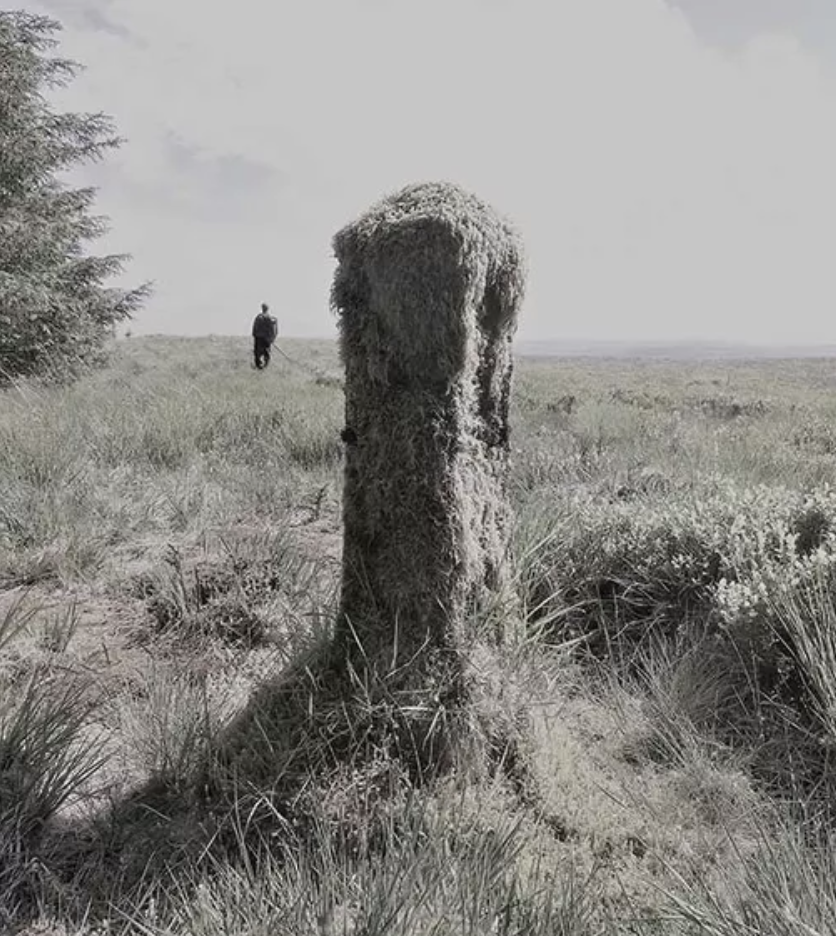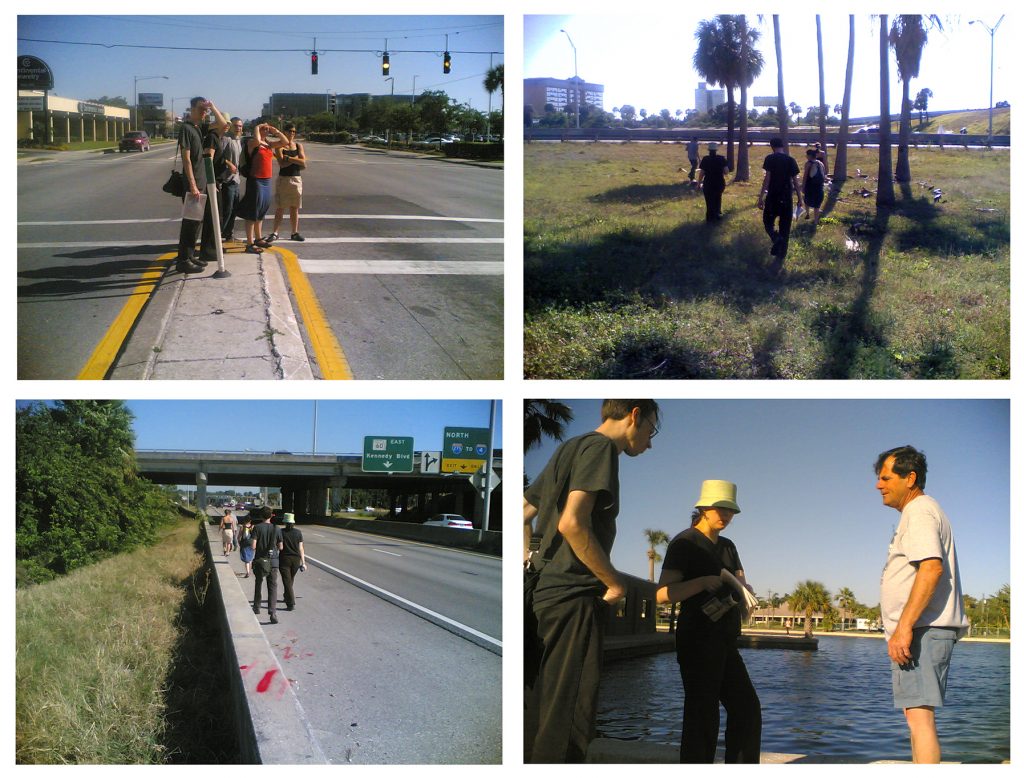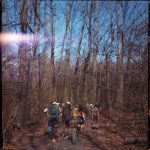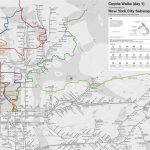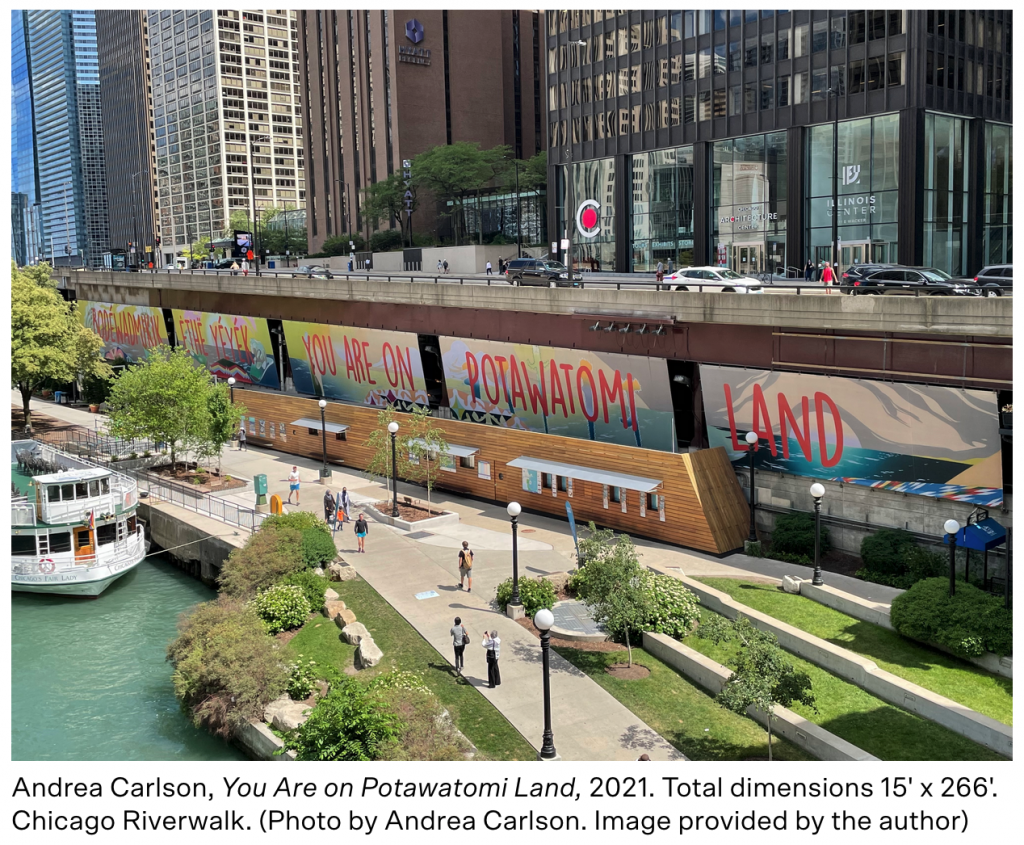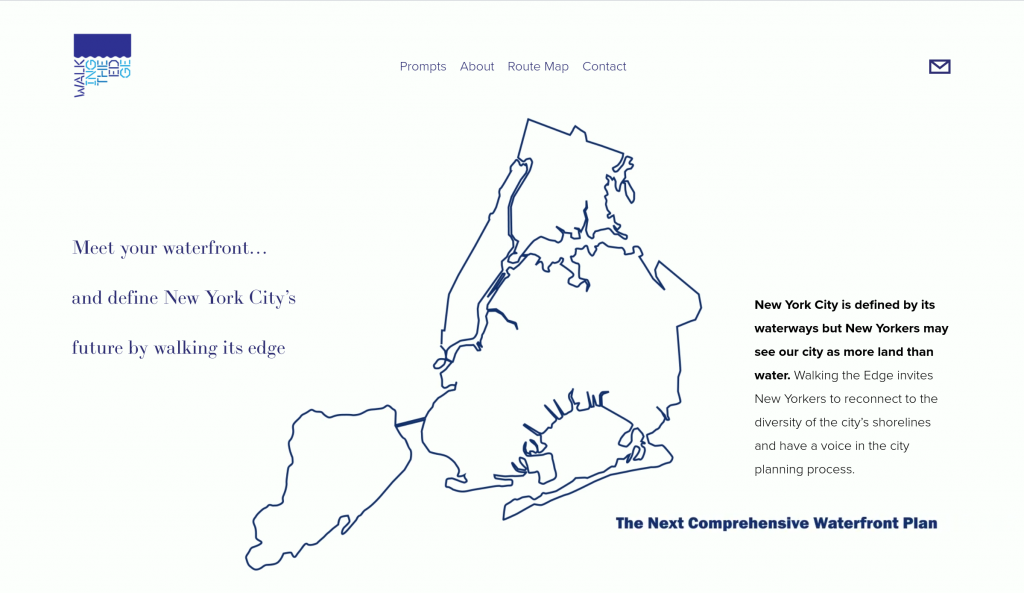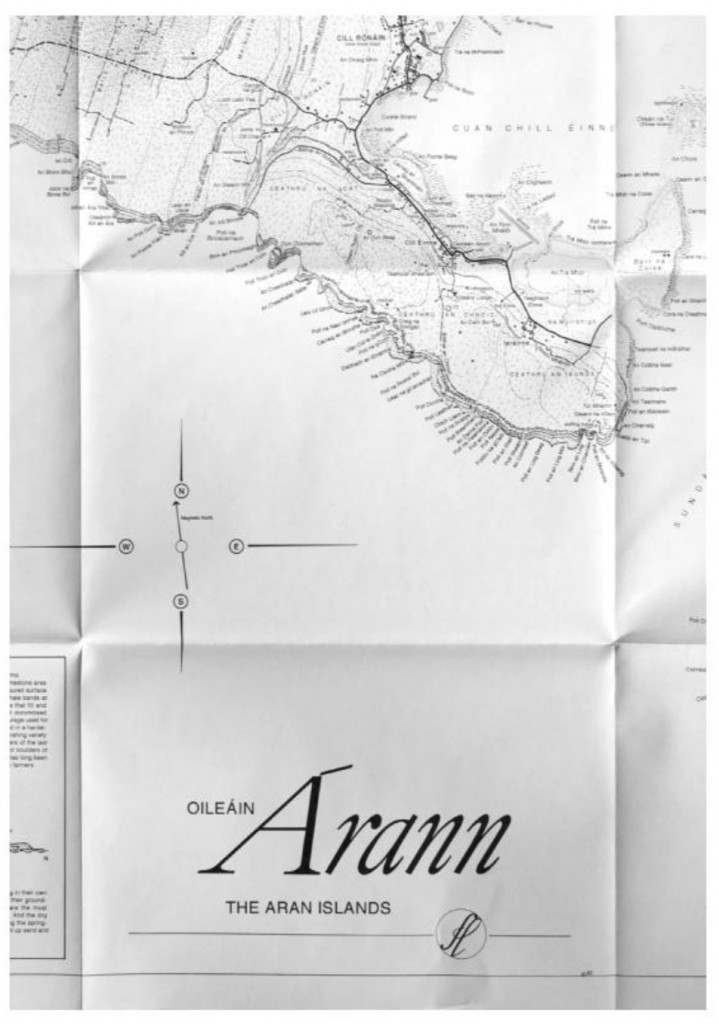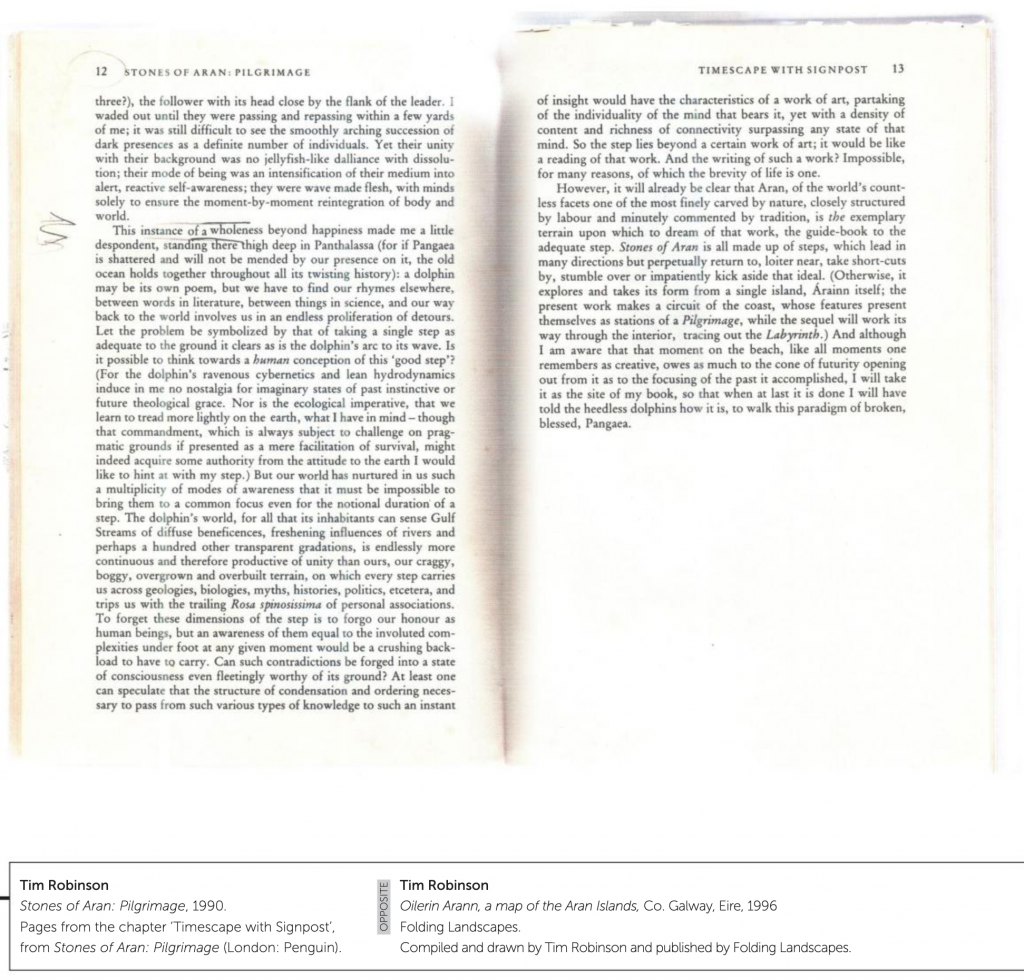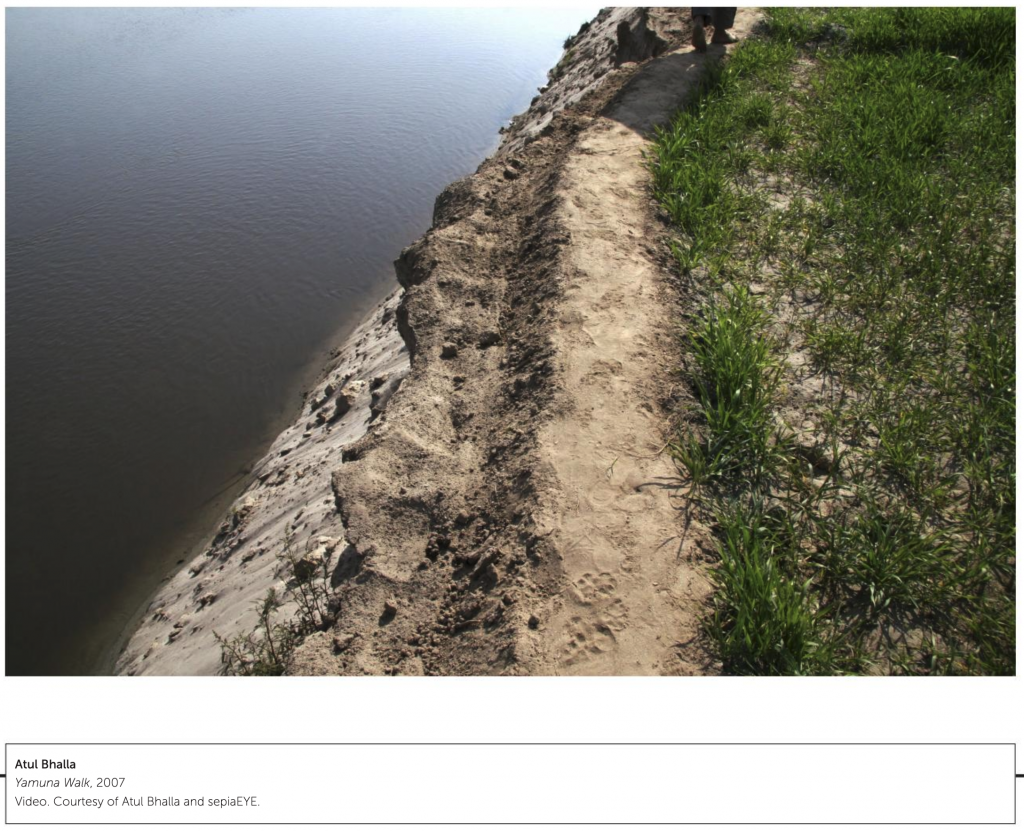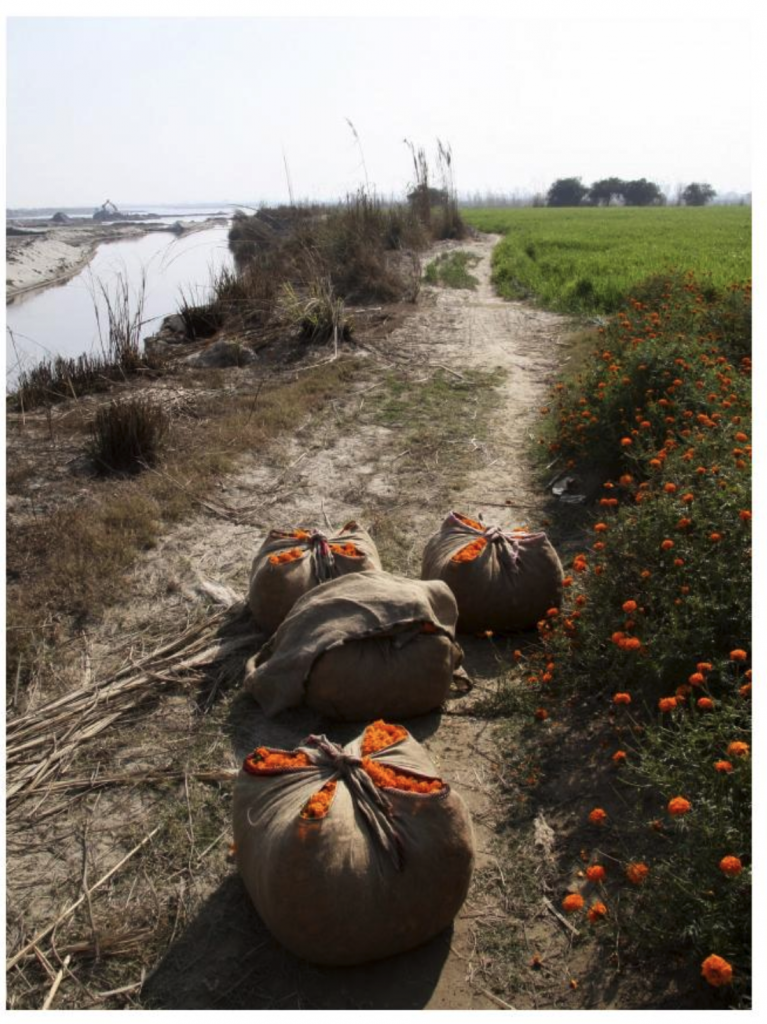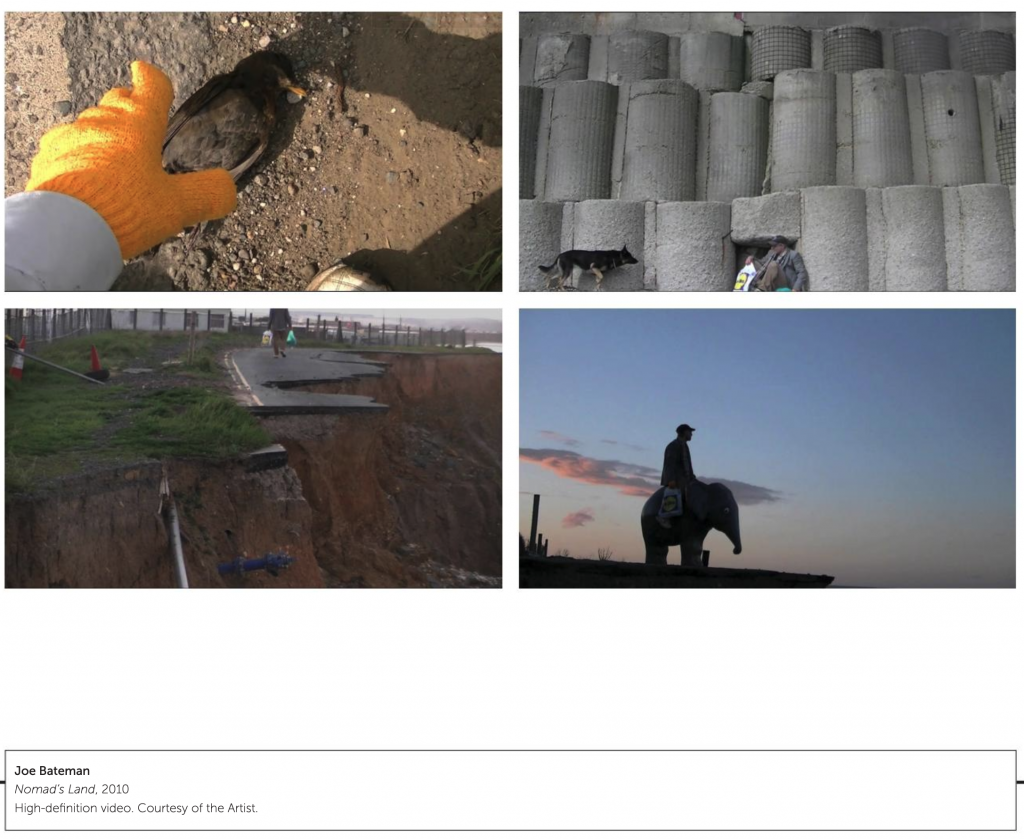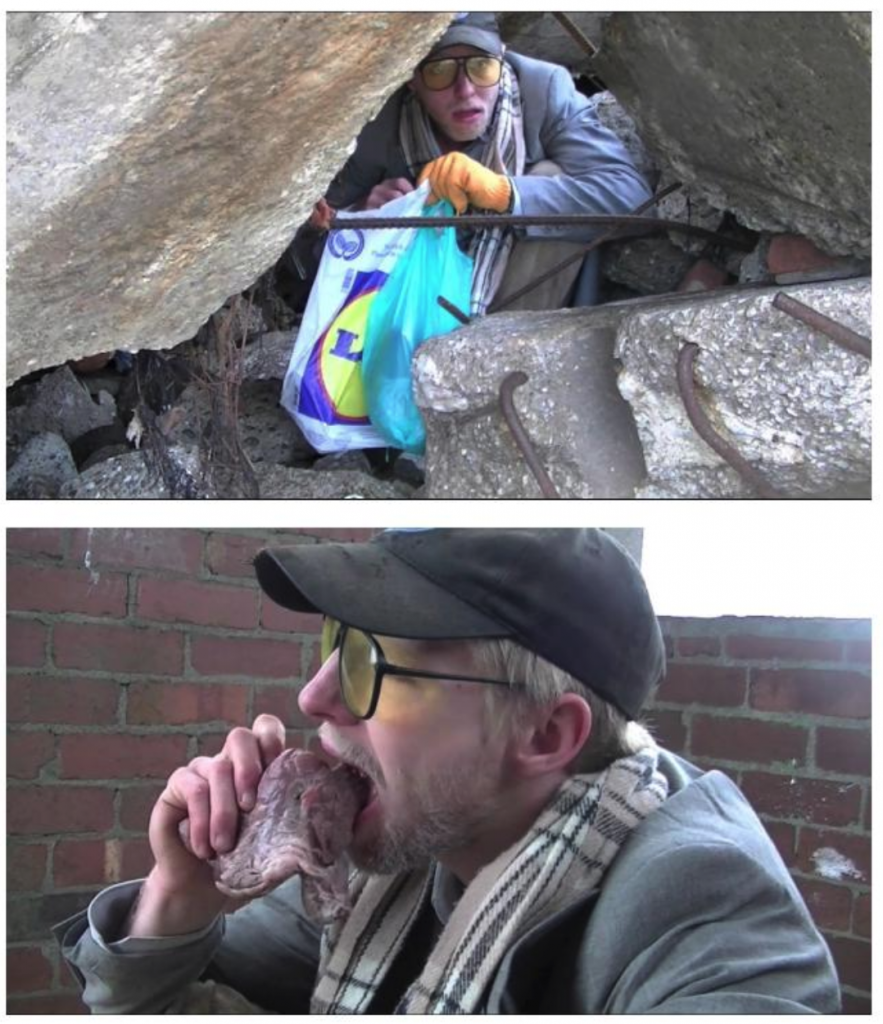“Two Anishinawbe Grandmothers, and a group of Anishinawbe Women and Men have taken action regarding the water issue by walking the perimeter of the Great Lakes.
Along with a group of Anishinabe-que and supports, they walked around Lake Superior in Spring 2003, around Lake Michigan in 2004, Lake Huron in 2005, Lake Ontario in 2006 and Lake Erie in 2007.
The 1st Annual Women’s Water Walk took place April 2003. Several women from different clans came together to raise awareness that our clean and clear water is being polluted by chemicals, vehicle emissions, motor boats, sewage disposal, agricultural pollution, leaking landfill sites, and residential usage is taking a toll on our water quality. Water is precious and sacred…it is one of the basic elements needed for all life to exist.
The Annual Women’s Water Walk was chosen for Spring because for the natural re-growth of our natural habitat, as it is a in time for renewal, re-growth, and re-birth.
A team of 6 – 8 Aboriginal people volunteer to walk and help with the everyday necessities such as having multitasked drivers to accompany walkers, food preparation, refreshment breaks, camp set ups, cleaners, laundry etc.
Public Relations Personnel have been involved throughout by taking shifts, and also going ahead to communities to aid with the awareness of the walk. This includes the distribution of media releases, posters, pamphlets, advertisements, and meeting and greeting of the participating walkers.
The overall result after implementation is to gather other groups and/or organizations to participate in an all regional walk around the Great Lakes. The goal is achieved strength in numbers with other Aboriginal men/women in the Great Lake Regions. The anticipated outcome is to have all people aware of the importance of the water and gain support and the gathering of other supporters whom would share an interest in protecting our water through our walk. This event will be annually, with the intent of the Women’s Water Walk to gain awareness and support for annual walks throughout the region. This will entail support, recognition, and awareness of the importance of keeping Great Lake waters clean.
It is anticipated that eventually challenges with other organizations to come together each spring to adopt a common like to care and protect from further pollution.
Stakeholder participation presently resides within the Biidaajiwun Local. Biidaajiwun Local is a women’s group run exclusively by women to raise awareness of issues, pertaining the needs of Aboriginal women. Contribution factors involve the housing of public relation workers, volunteers, support and the participation of several women sharing in the protection of our waters.
It is the hope that other locals, individuals and organizations will come together annually to spread interest and awareness in their communities. This annual event is intended to gain support to raise awareness throughout the region.
The originality of this idea is uncommon as there are few who are ready and willing to take on such a challenge. This idea is original because of how society today is taught to rely on the technological equipment, and that the mere thought of a walk being more than 15 minutes is a task for many. We strive our own determination that this challenge is seldom being done elsewhere, particularly in our region. We are doing this walk on our own beliefs within our own aboriginal culture and values of the importance of our waters is very precious and sacred to our being, as it is one of the basic elements needed for all life to exist.
In doing so, we know that such an endeavors requires a certain amount of funds to help carry the walk over for a two month period, but this alone will not prevent us from carry out what our grandfathers have predicted. Our waters will be scarce and will be deficient in the essential means for our survival….our water.”
